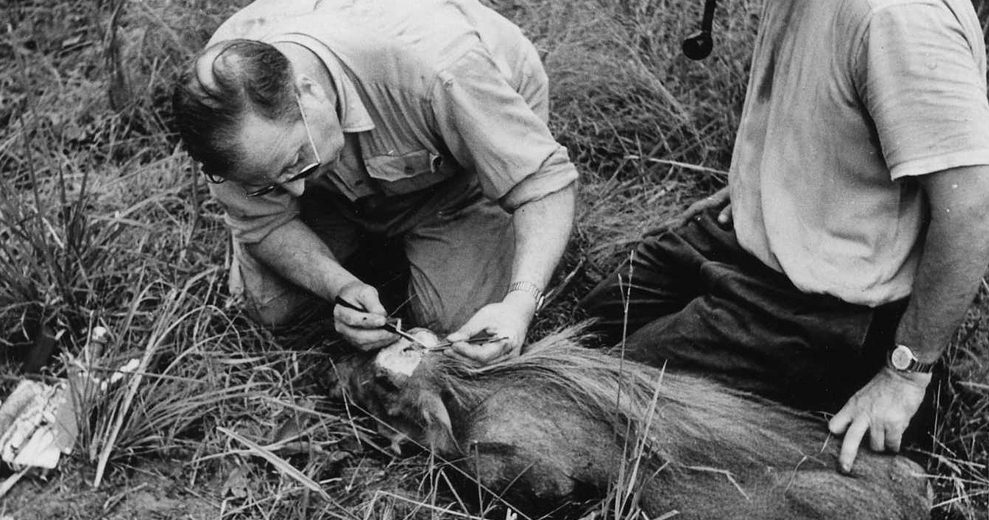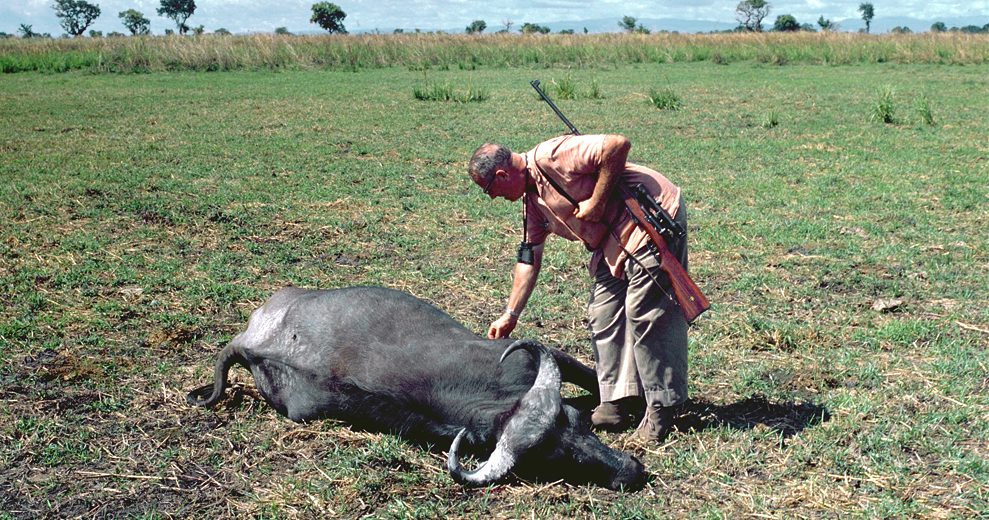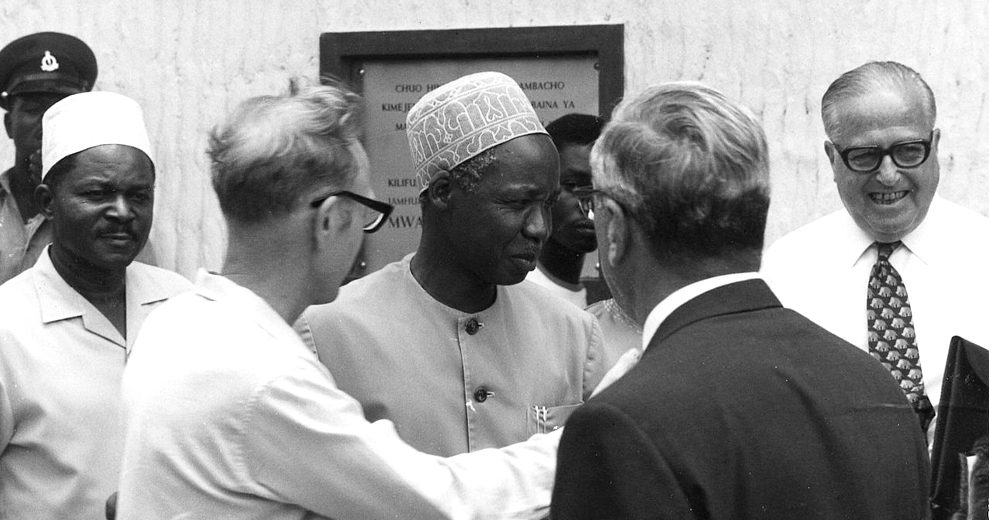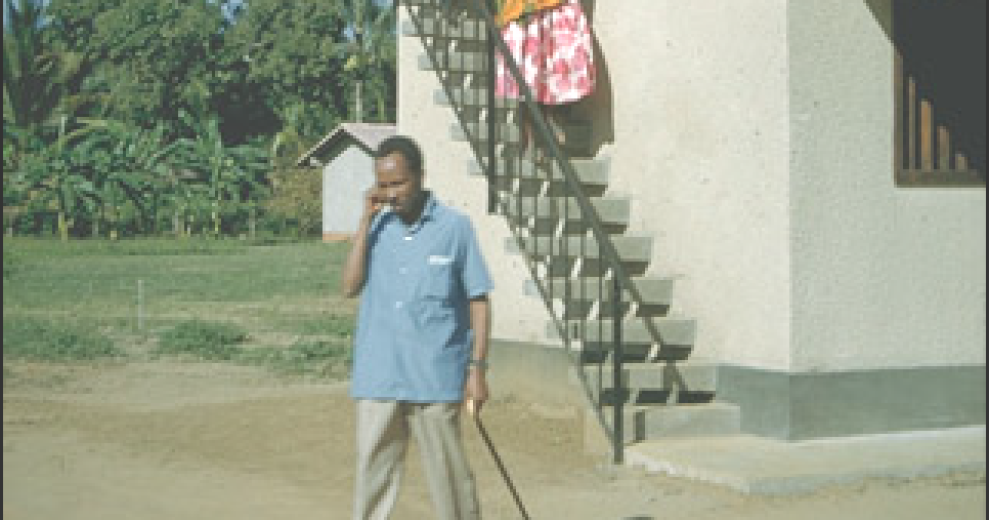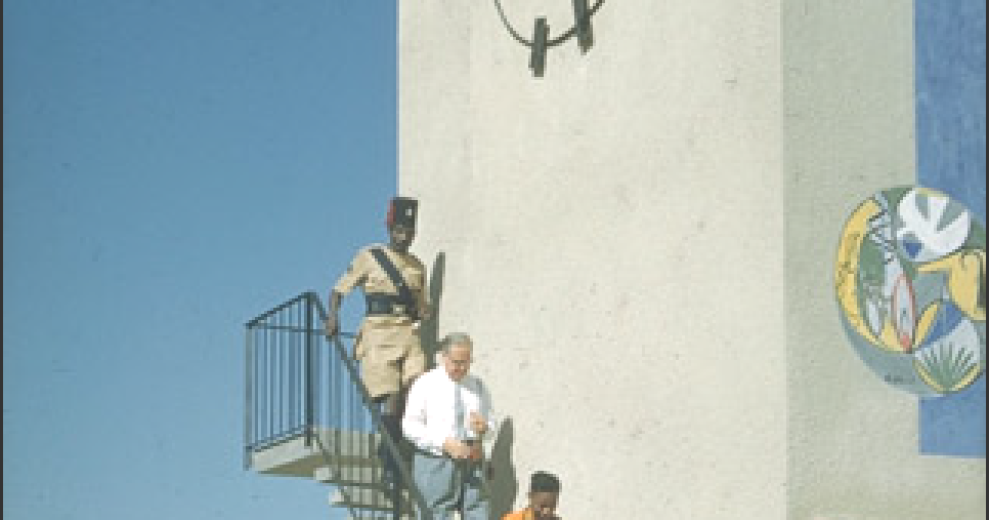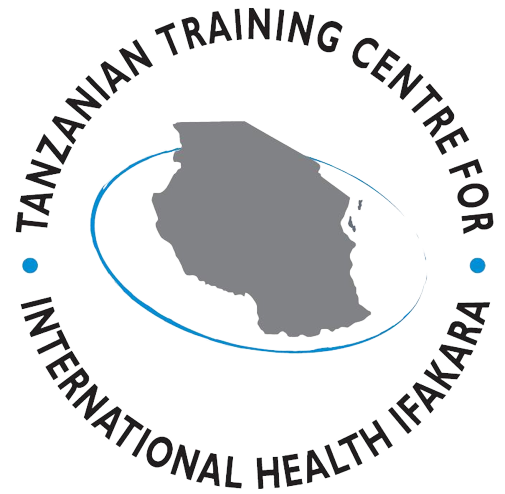A Brief History of TTCIH
We have a great history to start our institution.
The Tanzanian training Centre for International Health [ TTCIH] history dates back to the1961 when the Rural Aid Centre [RAC] was opened, financed by the then Basle Foundation for Cooperation with Developing Countries and Supported by the then Swiss Tropical Institute. Since its existence, has been embedded in a cluster of health organizations.
Start
2006
2006- After management and infrastructure restructuring the training centre was inaugurated as the Tanzanian Training Centre for International Health (TTCIH) with an Assistant Medical Officer [AMO] training programme.1994
1994- After complete renovation the center was re opened as Clinical Officers Training Centre (COTC)1990
1990- During the 1990s, owing to poor management and infrastructure maintenance, the training centre fell into decline. In a joint effort the Ministry of health and social Welfare, the Novartis Foundation for Sustainable Development, the Swiss Tropical and Public Health Institute and Swiss Agency for Development and Cooperation committed to comprehensively remodeling the centre.1961
In 1961, Rudolf Geigy, former director of the Swiss Tropical and Public Health Institute and professor for medical zoology in Basel, together with Julius Nyerere, the later President of Tanzania, opened the Rural Aid Centre (RAC) in Ifakara. Assistance was provided by the Basel Foundation for Developing Countries, an initiative of the Basel-based chemical companies at that time1973
This unique setting, in rural Tanzania, combines health-related research, training and medical practice , the Rural Aid Centre (RAC) was transformed into a Medical Assistant Training Centre [MATC]1978
1978- Due to deteriorating in infrastructure of the center ,the Basle foundation supported the renovation and handed over the center to Tanzanian Government. Following a change in the Tanzanian health education system, it was later renamed Clinical Officer’s Training Centre (COTC).
